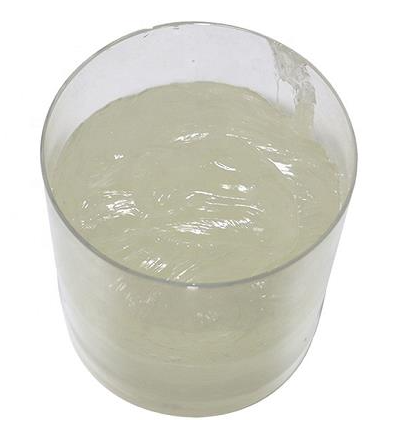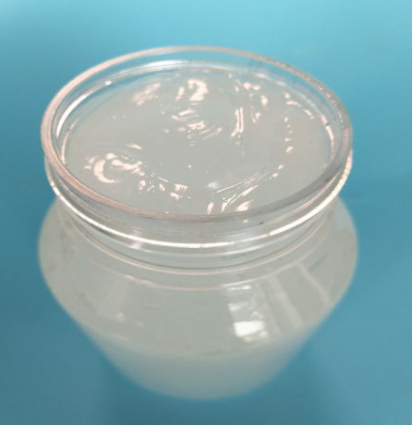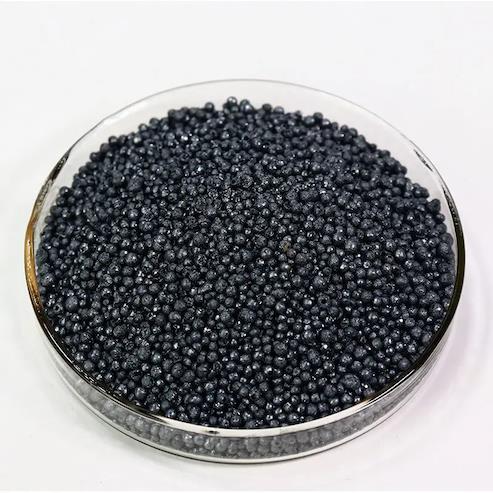Sodium Lauryl Ether Sulfate: Understanding Its Chemical Structure and Applications
General Description
Sodium lauryl ether sulphate (SLES) is a sodium salt produced through the ethoxylation of the sodium lauryl sulphate. This generates an ethoxylate, which is transformed into a half ester of sulphuric acid and neutralized to achieve SLES. The structure of SLES consists of a long hydrophobic chain of 12 carbon atoms (lauryl group), a sulfate group (-OSO3-), and an ethoxylated chain of variable length. SLES is among the most common anionic surfactants found in a wide range of commercial products for different purposes. SLES is an important ingredient in many personal care and household cleaning products due to its effective cleaning and foaming properties. 1
Structure and Properties
SLES is an anionic surfactant commonly used in personal care and household cleaning products. Its molecular structure consists of a long hydrophobic chain of 12 carbon atoms (lauryl group) and a hydrophilic sulfate group (-OSO3-) connected to an ethoxylated chain of variable length. The ethoxylated chain consists of multiple repeating units of alternating ethylene oxide (CH2CH2O) and propylene oxide (CH2CH(CH3)O) moieties, which contribute to the overall hydrophilicity of the molecule.
In aqueous solutions, SLES exhibits good solubility and stability due to its amphiphilic nature. The hydrophobic portion of the molecule aligns with nonpolar substances such as oils and grease, while the hydrophilic sulfate group interacts with water molecules. This enables SLES to form micelles that can emulsify and suspend grease, dirt, and other particles in water, allowing for efficient removal during cleaning.

Figure 1. Properties of SLEF
Applications
Cleaning Products
SLES is commonly used in soaps, shampoos, and other cleansing products due to its ability to remove dirt, oil, and other impurities. As a surfactant, SLES works by lowering the surface tension of water, allowing it to mix more easily with oils and other nonpolar substances. This allows for effective removal of dirt and oil from the skin, hair, or other surfaces. One of the key advantages of using SLES in personal care products is that it is effective in removing a wide range of types of dirt and oil. This makes it particularly useful in products such as laundry detergents and dishwashing liquids, where effective removal of greasy stains and residue is important. In addition, SLES also contributes to the foaming properties of many personal care products, which can help improve their user experience. 1
Mechanized tunnelling
In the commercial products used as foaming agents SLES is able to lower soil adhesion to the metallic excavating surfaces of tunnelling machines. SLES is the main component of a wide variety of commercial products used as foaming agents for mechanized tunnelling in Europe and worldwide. 2
Kidney decellularization
SLES detergent, as a new anionic detergent, had a good performance for renal tissue decellularization. SLES is a promising detergent that could be a useful decellularization agent to produce acellular kidney scaffold much alike normal kidney scaffold. SLES detergent in comparison with SDS as a strong anionic detergent with higher biodegradation ability had milder chemical properties and better preservation of ECM proteins and microarchitecture, the properties which later would be crucial for the cell seeding. In summary, SLES is an alternative detergent for SDS which can be used in renal tissue engineering. 3
Potential Hazards
SLES can have negative impacts on the environment when released into water bodies at high concentrations. As a surfactant, SLES can reduce surface tension and increase foaming, allowing it to spread easily and persist in aquatic environments where it may be toxic to aquatic organisms. In addition, SLES can also contribute to eutrophication, which is the excessive growth of algae and other aquatic plants due to an excess of nutrients in the water. This can lead to the depletion of oxygen levels causing harm to aquatic life. However, it's important to note that when used properly and disposed of correctly, SLES in personal care and household products is generally considered safe and has been approved for use for many years by regulatory agencies around the world. 1
Reference
1. Barra Caracciolo A, Cardoni M, Pescatore T, Patrolecco L. Characteristics and environmental fate of the anionic surfactant sodium lauryl ether sulphate (SLES) used as the main component in foaming agents for mechanized tunnelling. Environ Pollut, 2017, 226:94-103.
2. Carigi, C. Todaro, D. Martinelli, C. Amoroso, D. Evaluation of the geo-mechanical properties property recovery in time of conditioned soil for EPB-TBM tunneling. Geosciences, 2020, 10:438.
3. Keshvari MA, Afshar A, Daneshi S, et al. Decellularization of kidney tissue: comparison of sodium lauryl ether sulfate and sodium dodecyl sulfate for allotransplantation in rat. Cell Tissue Res, 2021, 386(2):365-378.
Related articles And Qustion
Lastest Price from Sodium lauryl ether sulfate manufacturers

US $150.00/kg2025-11-21
- CAS:
- 68585-34-2
- Min. Order:
- 1kg
- Purity:
- 99%
- Supply Ability:
- 20tons

US $0.00/kg2025-09-18
- CAS:
- 68585-34-2
- Min. Order:
- 1kg
- Purity:
- 99%
- Supply Ability:
- 10000KGS





